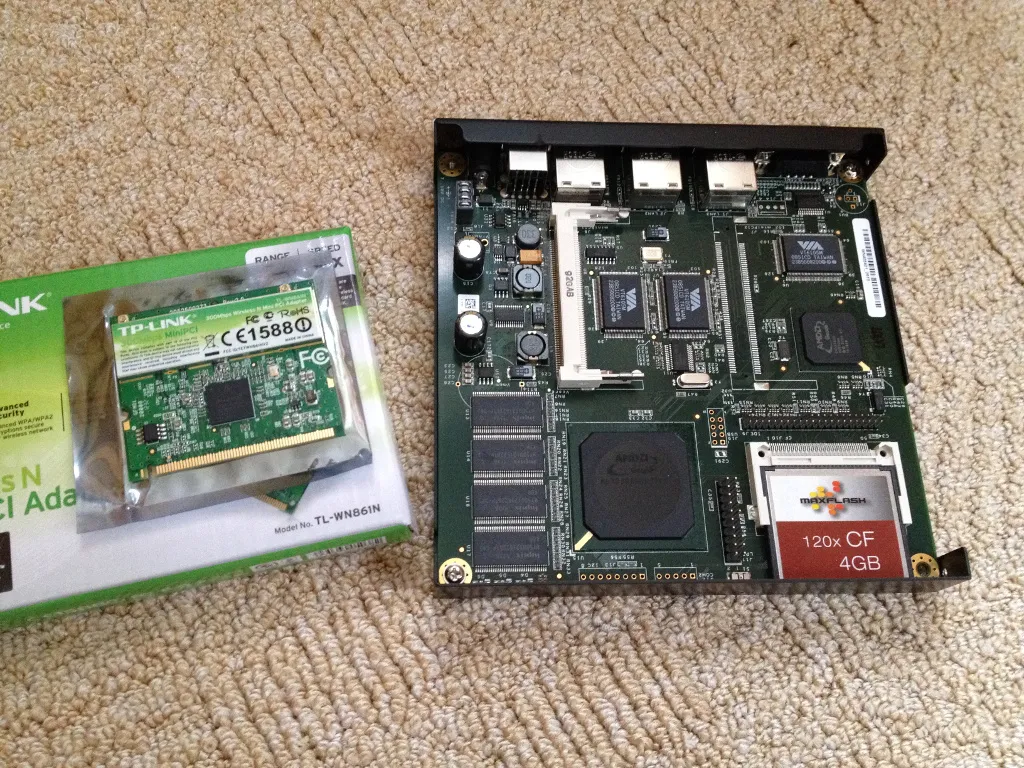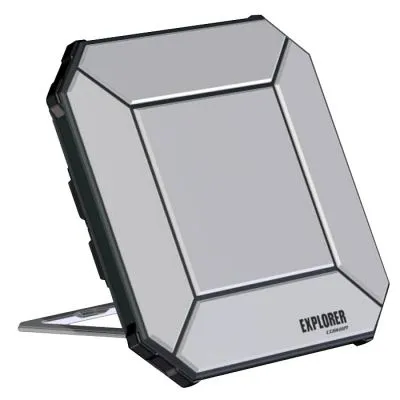do it yourself
firewall
free open source software
home brew
internet
networking
open source operating system
router
bsd, embedded, firewall, freebsd, homelab, InternetSecurity, itsecurity, miniitx, nanobsd, netgate, networkappliance, networking, opensource, opnsense, pfsense, router, securehome, SysAdmin, TechDIY, x86
9M2PJU
0 Comments
Best Small FreeBSD-Based Systems for Routers & Firewalls (x86 Hardware)
Are you planning to build a dedicated firewall or router using x86 hardware? FreeBSD, known for its stability, security, and powerful networking stack, is the foundation for several robust solutions perfect for this task.
In this post, we’ll explore the top FreeBSD-based small operating systems you can install on x86 hardware to transform it into a powerful, reliable, and secure router or firewall.
Why Use FreeBSD for Network Appliances?
FreeBSD is widely respected for its:
- Rock-solid performance
- Advanced networking features (like PF, IPFW, and netgraph)
- Security-focused architecture
- Clean, consistent system design
These features make it a preferred base for commercial and open-source router/firewall systems.
1. pfSense® – Trusted and Proven
pfSense is arguably the most popular FreeBSD-based firewall/router OS in the world. Maintained by Netgate, it combines FreeBSD’s power with a user-friendly web interface, making it suitable for both home users and professionals.
Key Features:
- Web GUI for full control
- Stateful firewall with PF
- NAT, port forwarding, VLANs
- Built-in DHCP, DNS forwarding, and captive portal
- VPN support (OpenVPN, IPsec, WireGuard)
- High availability (CARP/HA)
- Traffic shaping and Quality of Service (QoS)
- Add-on packages (Snort, pfBlockerNG, Squid, etc.)
Minimum Requirements:
- x86 or x86_64 CPU
- 1GB RAM (2GB or more recommended)
- 4GB storage (SSD preferred)
- At least two network interfaces (NICs)
Best Use Cases:
- Home firewall/router
- Small office or business gateway
- Educational networks
- VPN edge device
Official Website:
https://www.pfsense.org
2. OPNsense® – Modern and Open Alternative
OPNsense is a community-driven, open-source fork of pfSense. Built on FreeBSD, it offers a more modern user interface, frequent updates, and a plugin system designed for flexibility.
What Makes It Different from pfSense?
- Modern and responsive web UI
- Faster update cycles (weekly)
- HardenedBSD kernel (optional for extra security)
- Better plugin framework
- Transparent open development model
Notable Features:
- IDS/IPS with Suricata
- Real-time traffic graphs and reporting
- DNS over TLS, DoH, and encrypted DNS options
- Built-in 2FA and secure remote management
- Easy backup and restore
Ideal For:
- Users who want modern UI and faster development
- Advanced users who prefer open-source transparency
- Businesses that require frequent security updates
Official Website:
https://opnsense.org
3. NanoBSD – Minimal FreeBSD for Embedded Systems
NanoBSD isn’t a separate OS, but a build tool that comes with FreeBSD. It creates minimal, read-only, embedded FreeBSD images for use on devices with limited storage or specialized applications (e.g., routers, kiosks, and appliances).
Features:
- Extremely lightweight image (~100–300MB)
- Read-only root filesystem (reduces corruption)
- Optimized for CF/SD/USB media
- Easily upgradable via scripts
- Complete control over what goes into the system
Important Notes:
- No graphical UI by default
- Requires strong FreeBSD knowledge
- Manual configuration of services and network interfaces
Best For:
- Developers creating custom appliances
- Embedded or industrial x86 systems
- Learning how FreeBSD works under the hood
Documentation:
https://docs.freebsd.org/en/articles/nanobsd/
Comparison Table
| Feature | pfSense | OPNsense | NanoBSD |
|---|---|---|---|
| Based on FreeBSD | ✅ Yes | ✅ Yes | ✅ Yes |
| Web Interface | ✅ Yes | ✅ Yes | ❌ No |
| VPN Support | ✅ Yes | ✅ Yes | ❌ Manual Only |
| IDS/IPS | ✅ (Add-ons) | ✅ (Suricata) | ❌ No |
| Plugin System | ✅ Yes | ✅ Yes | ❌ No |
| Beginner Friendly | ✅ Yes | ✅ Yes | ❌ No |
| For Embedded Devices | ⚠️ Not ideal | ⚠️ Not ideal | ✅ Yes |
| Frequent Updates | 🔁 Moderate | 🔁 Weekly | 🔁 Manual |
Hardware Recommendations
You can run pfSense or OPNsense on many low-power x86 machines, including:
- Intel NUCs and mini PCs
- Used thin clients (e.g., HP T620 Plus, Dell Wyse)
- PC Engines APU series
- Small form factor desktops with 2+ NICs
Tip: For best performance and compatibility, always use Intel-based network cards (NICs) — FreeBSD has excellent driver support for them.
Choosing the Right One
| If you want… | Choose… |
|---|---|
| Proven, stable, and well-supported firewall/router | pfSense |
| A more modern UI and frequent updates | OPNsense |
| To build a fully customized embedded FreeBSD image | NanoBSD |
Final Thoughts
Building your own firewall or router using FreeBSD-based systems is a rewarding project. It gives you:
- Full control over your network
- Better privacy and security
- Valuable knowledge in networking and open-source systems
Whether you choose pfSense, OPNsense, or go all-in with NanoBSD, you’ll be using a robust foundation trusted by professionals worldwide.
All it takes is an old PC or a mini PC, a USB installer, and a bit of time.







Post Comment